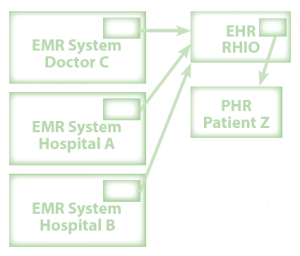The Cost Disease is both the name of a book, and the economic theory espoused by this book.
The theory is relatively simple at its base. There are two segments to our modern economy, the progressive and the stagnant.
The progressive sector makes rapid improvement in efficiency. Examples include manufacture, particularly of items such as computers and cellphones.
The stagnant sector, including healthcare, education and live entertainment, due to dependence on human-human interaction, does not improve its efficiency rapidly.
Thus, the fraction of our GNP (and your paycheck) spent on the stagnant sector will increase. Continously.
Note that I said the fraction.
This may seem depressing. But the authors point out that, in real terms, our society, globally, is becoming richer. Therefore, despite the increasing fraction we will spend on the stagnant sector, we will be able to afford it. We will be able to afford more and better healthcare, education, and live entertainment.
Nonetheless, we need to do what we can to make the stagnant sectors more progressive. They give examples in the book of how healthcare, in particular, can become more progressive.
It is apparent that there will be an excellent ROI in healthcare by maximizing the efficiency of our healthcare personnel. Some big projects like RHIOs will contribute to this, but at a massive cost. But think – how much of our healthcare personnel’s time is spent using – or cursing at – computers? Given the sad state of usability of our medical software, we will get a lot better ROI by simply making simple changes to our software to make it more usable. The cost of these changes is small compared to a RHIO, but the incremental benefit is huge. Thus, this website.






